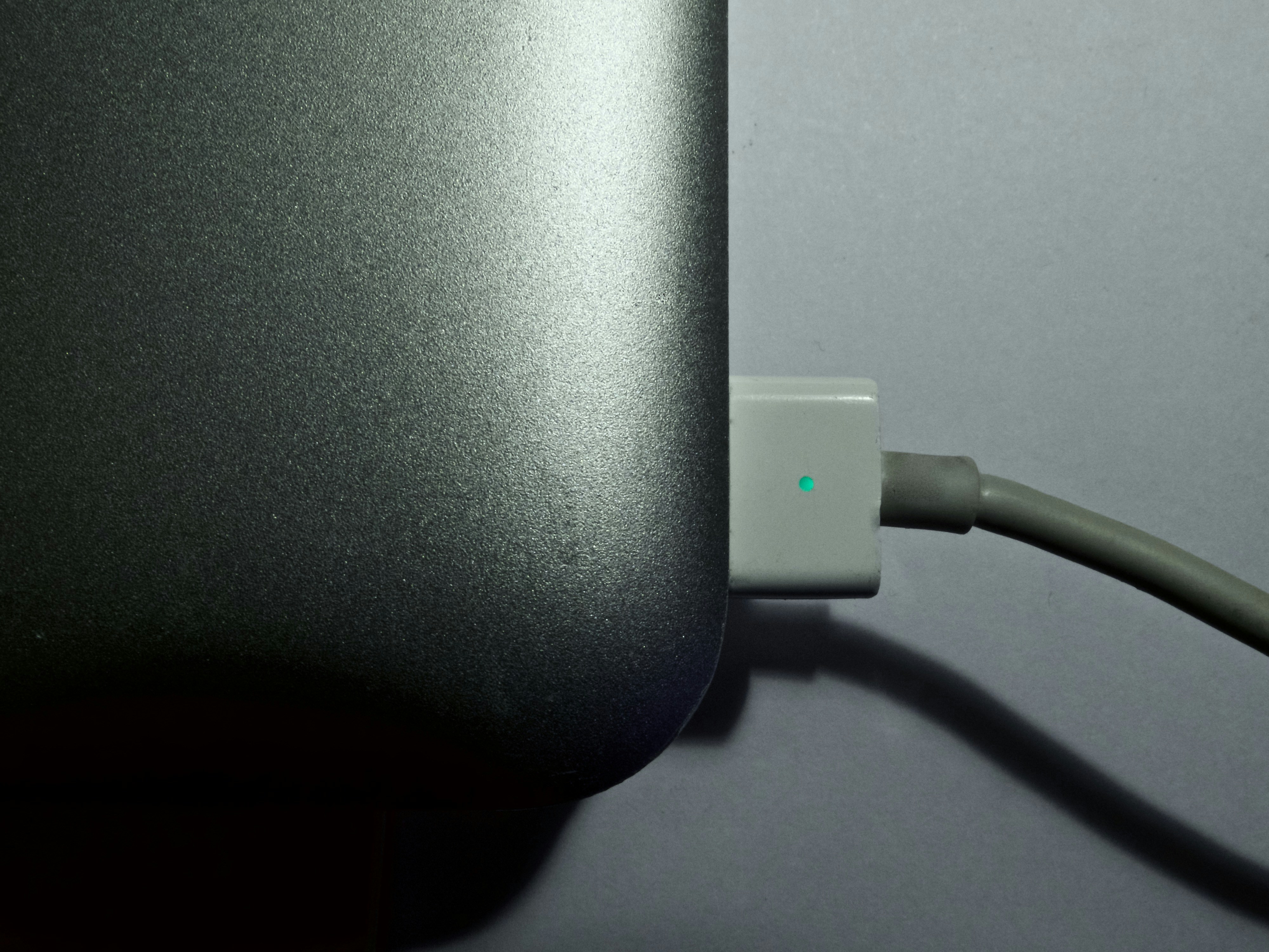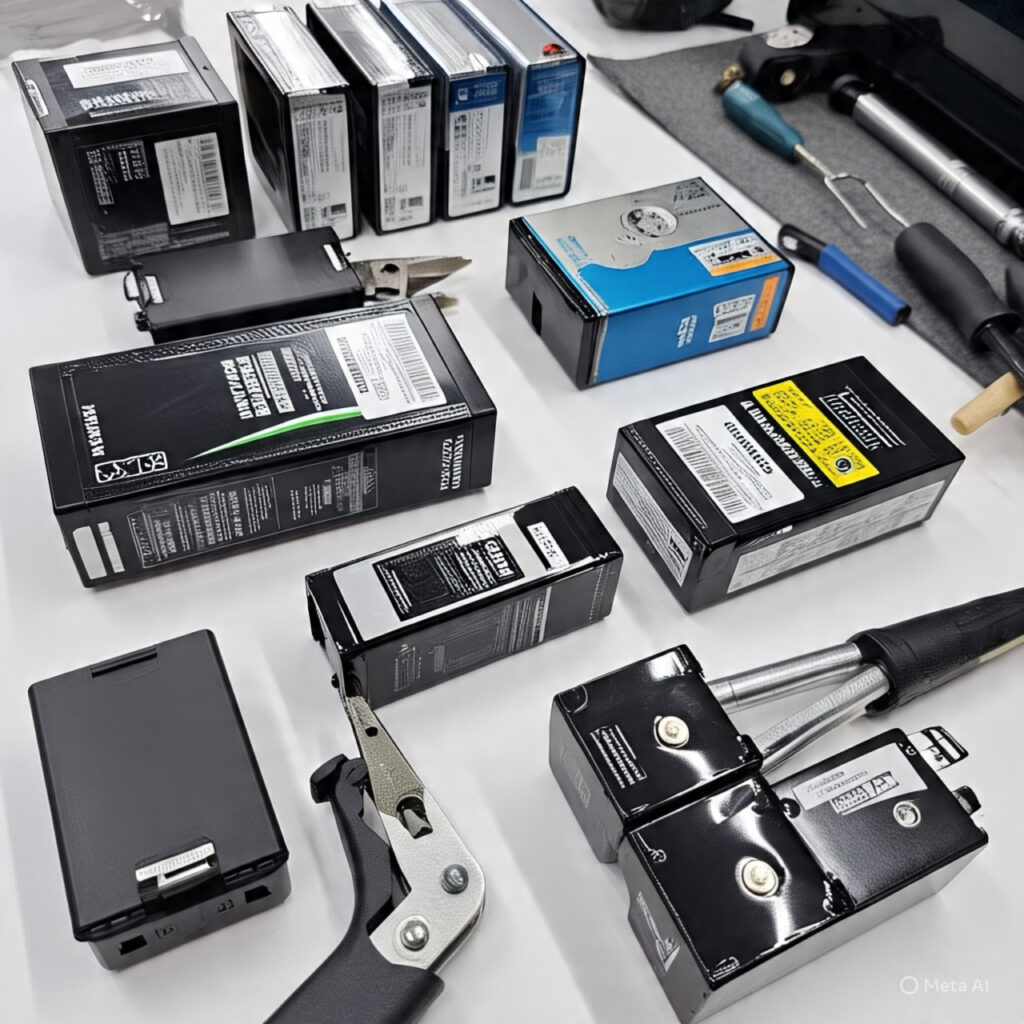
The laptop battery is an integral component that powers the device, enabling portability and convenience.
Typically, modern laptops use either Lithium-ion or Lithium-polymer batteries, both of which offer distinct advantages.
Lithium-ion batteries are the most common, prized for their high energy density and relatively low self-discharge rate.
Conversely, Lithium-polymer batteries are lighter and can be manufactured in various shapes, enhancing their versatility for slim designs.
A fundamental concept in understanding laptop batteries is the charge cycle, which refers to the process of charging a battery and then discharging it back to a certain percentage of its capacity.
Each battery has a limited number of charge cycles before it starts to lose its ability to hold a charge.
Generally, a laptop battery may endure anywhere from 300 to 500 charge cycles, depending on factors such as chemistry and quality.
Thus, the way a user manages their charging habits can significantly impact longevity.
Temperature also plays a crucial role in battery performance and lifespan.
Lithium-based batteries can degrade when exposed to extreme temperatures, both hot and cold.
Operating a laptop in excessively high temperatures may not only impact performance but can also lead to permanent damage over time.
Therefore, maintaining an optimal temperature environment is essential for battery health.
Usage patterns also dictate how quickly a laptop battery wears down.
Frequent heavy workloads or running resource-intensive applications can accelerate battery depletion.
Understanding these factors can empower users to make informed decisions about their laptop usage, ultimately contributing to better battery longevity.
By grasping how laptop batteries function, users can implement effective strategies for preservation, laying the groundwork for actionable tips to extend battery lifespan.

Videos are added as random thoughts 💭 💭 💭.
Tips for Daily Use
Extending the lifespan of your laptop’s battery is essential for maintaining its performance and ensuring it operates efficiently over time.
Implementing practical daily usage tips can significantly minimize battery drain. One fundamental approach is to adjust your screen brightness.
Lowering the brightness of your display not only makes it easier on your eyes in low-light environments but also decreases power consumption.
It’s advisable to keep the brightness at a level where you can comfortably view the screen without straining, achieving a balance that enhances battery longevity.
Another effective strategy is to close unused applications.
When multiple applications are running simultaneously, they can consume significant processing power, leading to an increase in battery usage.
By managing open applications through occasional reviews and closing those that are not in use, you can diminish the workload on your laptop’s processor, thereby conserving battery life.
Utilizing the battery saver mode is paramount in extending battery life.
Most modern laptops come equipped with a power management feature that allows users to switch to battery saver mode.
This setting automatically adjusts various parameters, such as reducing background activity, disabling unnecessary notifications, and lowering screen brightness.
activating this mode during periods of inactivity or when the battery is running low can dramatically prolong your use time without needing to charge.
Lastly, being cautious about extreme temperatures is crucial for battery health.
Lithium-ion batteries, commonly used in laptops, are sensitive to both excessive heat and cold.
Using your laptop in a stable, moderate environment will help maintain its optimal performance and promote battery longevity.
Avoid exposing your laptop to direct sunlight or using it on soft surfaces that might block airflow.
By following these daily tips, you can significantly enhance the lifespan of your laptop battery and ensure efficient operation for a longer period.
Best Charging Practices
Maintaining the health and longevity of your laptop battery heavily relies on effective charging practices.
One essential guideline is to avoid overcharging, as keeping your laptop plugged in continuously can lead to reduced battery capacity over time.
Most modern laptops are equipped with built-in charging management systems that prevent overcharging,
but it is still advisable to unplug your device once it reaches a full charge.
For optimal battery performance, it’s recommended to charge and discharge your laptop battery between 20% and 80%.
This practice can help extend the battery’s lifespan by reducing the strain on the cells.
Regularly allowing the battery to dip to around 20% before charging will help maintain its health.
Conversely, consistently letting it fall below this threshold can lead to deeper discharges that may negatively impact battery longevity.
Another best practice is to calibrate your battery periodically.
Calibration can aid in maintaining accurate battery level reporting, which is vital for effective usage monitoring.
To calibrate your battery, fully charge it, use your laptop until it discharges completely and shuts down, and then recharge it to 100% without interruption.
This process ensures that your laptop battery levels are aligned with the actual performance, helping to prevent any unexpected shutdowns.
Additionally, removing your laptop from the charging point once it reaches the full percentage can prevent unnecessary heat generation, which is detrimental to battery health.
An ideal environment for laptop use includes moderate temperatures; thus, keeping your laptop cool while it charges is advantageous.
By adhering to these charging practices, you can significantly enhance your laptop battery lifespan, ensuring reliable performance for years to come.
Long-Term Care and Maintenance
Maintaining the longevity of your laptop battery requires consistent and effective care strategies.
One crucial aspect is the storage of your laptop when it is not in use.
If you plan to store your laptop for an extended period,
ensure that the battery is charged to about 50% before disconnecting it from the power source.
This level is ideal as it prevents the battery from entering a deeply discharged state, which can lead to permanent damage.
Periodic calibration of your laptop battery is also essential for long-term health.
Calibrating the battery involves fully charging it and then allowing it to drain completely before recharging it to full again.
This process helps in recalibrating the battery’s internal meter, which can improve the accuracy of the battery life indicator and ultimately enhance your battery’s performance.
Aim to calibrate the battery every few months, especially if you notice significant deviations in battery life predictions.
Furthermore, keeping your laptop software up to date is an often-overlooked element of battery maintenance.
Operating system updates generally contain optimizations and improvements that can affect battery efficiency.
Regularly checking for and installing updates can help ensure that your laptop runs smoothly and that battery management features are functioning correctly.
Being aware of the signs that indicate a declining battery is vital for optimal care.
Common indicators include shortened usage time between charges, overheating, or unusual swelling of the battery.
If your laptop exhibits these symptoms, it may be time to consider a battery replacement.
Regular monitoring of your battery’s health metrics can further assist in extending its life and ensuring you are prepared for any required maintenance or replacement.
